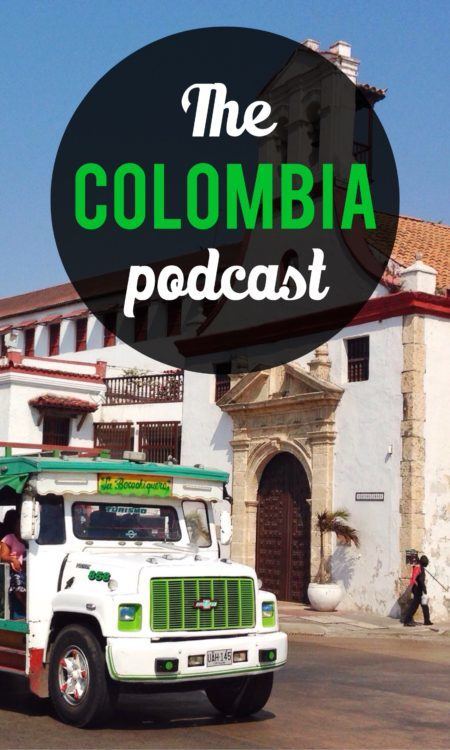Sponsored Listings:
Consistently rated one of the happiest countries in the world, Colombia is an amazing, varied place, full of flavour, colour, and music.
To listen to the Colombia travel podcast, hit play below or find episode 322 in iTunes, Stitcher or Soundcloud:
Get there
Citizens of the US, the UK, New Zealand, the EU and many other countries don’t need a visa for Colombia and can stay for up to six months. Canadians can also enter without a visa but have to pay a reciprocity fee of 160,000 COP (about C$70).
Air transport is the most popular method of arrival, with frequent flights from all over the Americas and some European countries. We found amazing round-trip fades from Panama for about $110 each; one-way tickets were considerably more expensive. You can also arrive by bus from Ecuador or Venezuela or by boat from Panama if you’re looking for adventure.
Get around
We assumed we’d be travelling from city to city by bus, and braced ourselves for 12-hour journeys on bumpy roads. These bus trips weren’t too cheap, either, hovering around the US$50 mark. This plan was quickly dropped when we found that internal flights would whisk us to place to place in less than an hour and set us back just $30-50 a time. We flew.
Uber is well established (and cheap) in Medellin, Cartagena, and Bogotá; we chose this as our principal form of transport for getting around the cities. In Medellin and Cartagena Uber was always cheaper than a taxi; in Bogotá surge pricing sometimes made taxis more appealing.
Medellin has an excellent public transport system (including a metro and cable cars) that’s an attraction in itself; buses predominate in the other cities and can be useful for longer journeys.
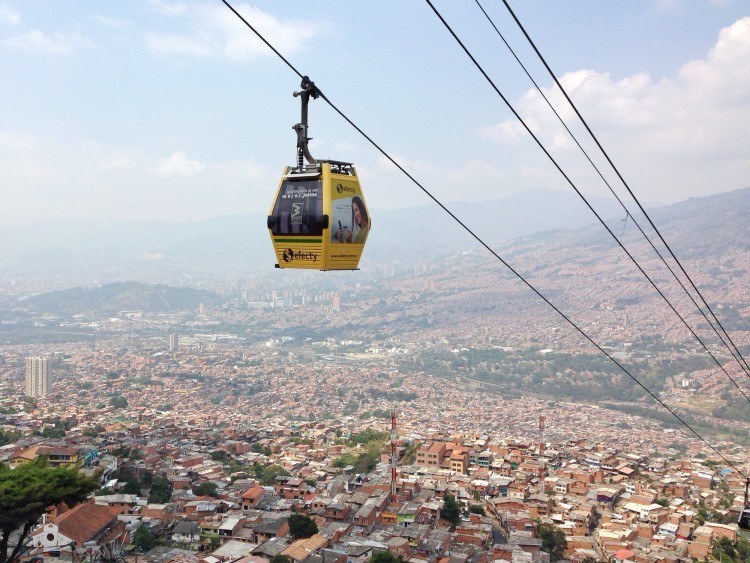
Accommodation
We used booking.com to find most of our accommodation, and were generally happy with what we found — with the exception of our first night in Cartagena! You’ll find a wide range of accommodation options throughout the country, from Couchsurfing hosts to five-star luxury. We opted for somewhere in the middle, with private rooms in hostels, a guest house or two, and a few nights with friends.
Medellin
Medellin is a great city, well worth spending a few days or weeks in. We enjoyed exploring using the excellent public transport network — going up the steep hills by cable car is a cheap and fun way to see the city from above.
Other highlights included Botero Plaza to check out the blocky statues, a wander through the botanic garden, and a Thursday evening at 3 Cordilleras microbrewery.
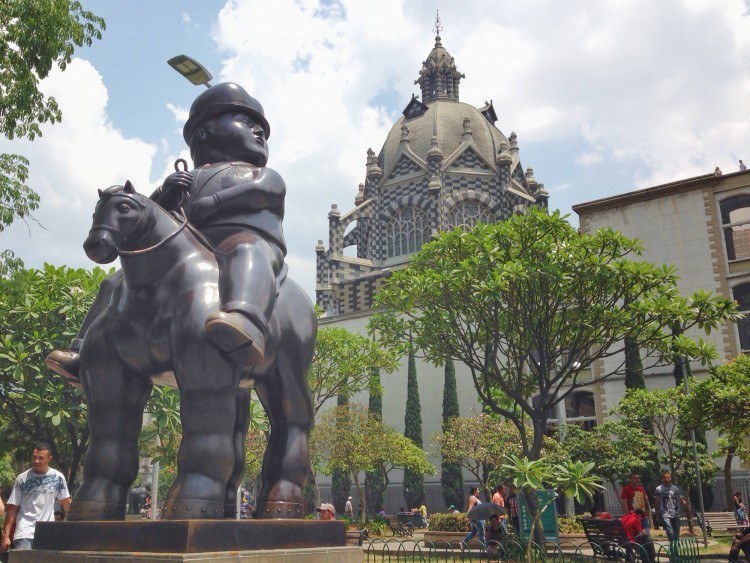
While we explored different areas of the city, we ended up staying in the popular El Poblado neighbourhood, which we’d recommend as a good place to base yourself to explore Medellin. It’s pricier than other parts of the city, but has a good range of hotels, hostels, and restaurants to choose from.
Cartagena
Gorgeous Cartagena is well worth a visit. The walled old town has a charm that draws in hordes of tourists, which means you’re likely to be approached selling everything from street food to tours. Try the sweets on sale by the clock tower.
Check out our Cartagena podcast for more information about Cartagena.
Santa Marta and Taganga
While Santa Marta is a popular destination for Colombian tourists, it failed to charm us. Instead of staying, we headed over the hill to the nearby fishing village of Taganga, to enjoy time at the beach and dozens of delicious, freshly prepared juices. Dive tourism has taken over the town, and touts approach visitors far too often for my liking, but there’s still a lovely, relaxed atmosphere that made it hard to leave. We loved breakfasts at Cafe Bonsai, and dinners at La Morena and Babaganoush.
Santa Marta and Taganga are well located for trips into Tayrona National Park; we took the opportunity to spend Easter walking to the Lost City. We were pleased to see that visits to the Lost City are quite tightly regulated, which will certainly help with preservation! Independent visits are not permitted, and all of the five or six licensed tour companies charge the same price: 700,000 COP. You can choose to do the 47km hike over four, five, or six days — and once again, the price stays the same.
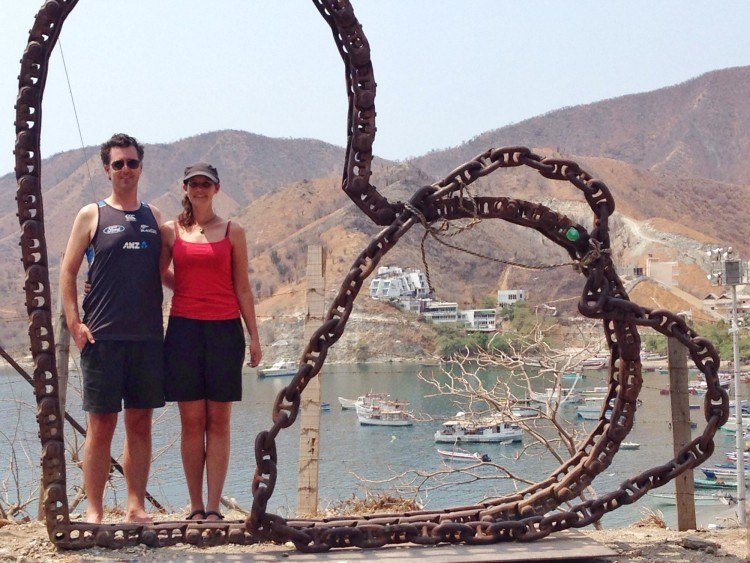
We went with the four-day option (with Expotur) and thought that was the right choice for us. Five days would have given us more time to relax in the afternoons, and six is a good option for people who are really unfit. If in doubt, go with five days.
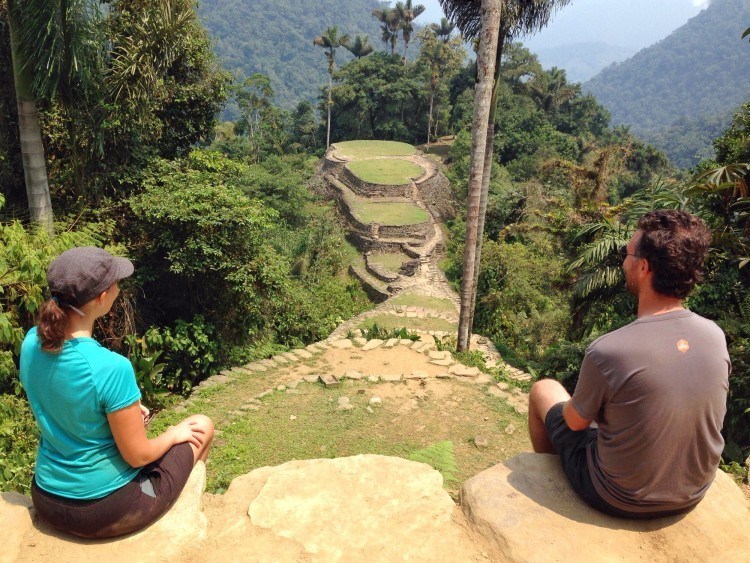
Bogota
Colombia’s capital, perched 2640m above sea level, is a pleasant place to spend a few days. It was a shock to the system, arriving into its semi-permanent cool temperatures after the heat at the beach, but a couple of warm days cheered us up (and gave us sunburn).
The Gold Museum and the National Museum are both worth a visit (and free or very cheap). We enjoyed wandering the streets of the old town and learning a bit of history, as well as cycling around the city on the ciclovia. Every Sunday a huge circle of streets are closed to motor vehicles, and thousands of Bogotans run, skate, and cycle through the city.
There are plenty of options for day tours from Bogota, including a visit to the salt cathedral or the sacred lagoon — if it ever opens again! Our visit there was foiled by locked gates and a friendly security guard, so we made a detour to the charming town of Guatavita instead.
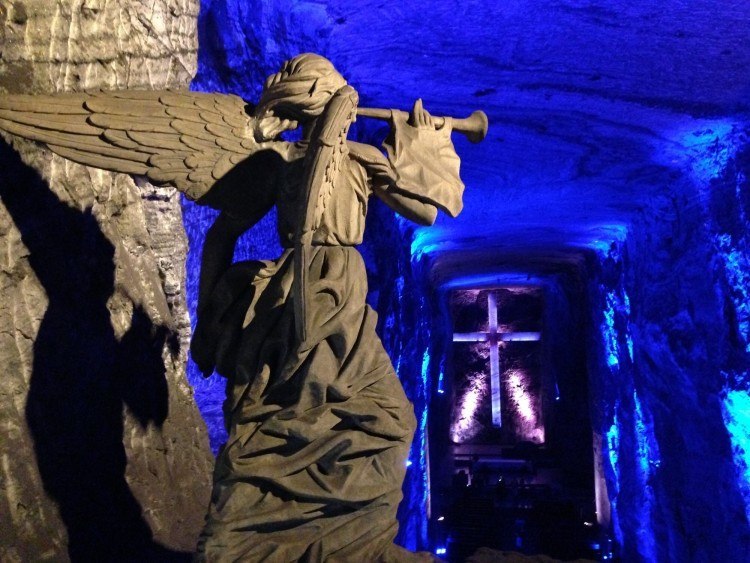
Go to Colombia!
We loved our time in Colombia. The food, the people, the experiences, all worked together to create an unforgettable experience. Yes, safety is a concern, and extra precautions wouldn’t go amiss, but we had a great, time and we’re sure you will too.
Disclosure: Our Lost City and Cartagena tours were provided for us by Expotur and Context Travel, but our opinions of them are our own.
Want to support the Indie Travel Podcast? Buy your travel insurance, book your accommodation, or shop on Amazon after clicking these links. It doesn’t cost you any more but we get a small commission. Cheers!
Source: IndieTravelPodcast.com

